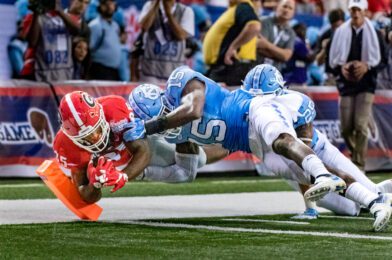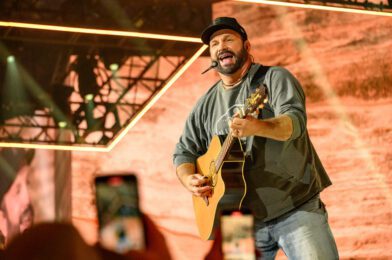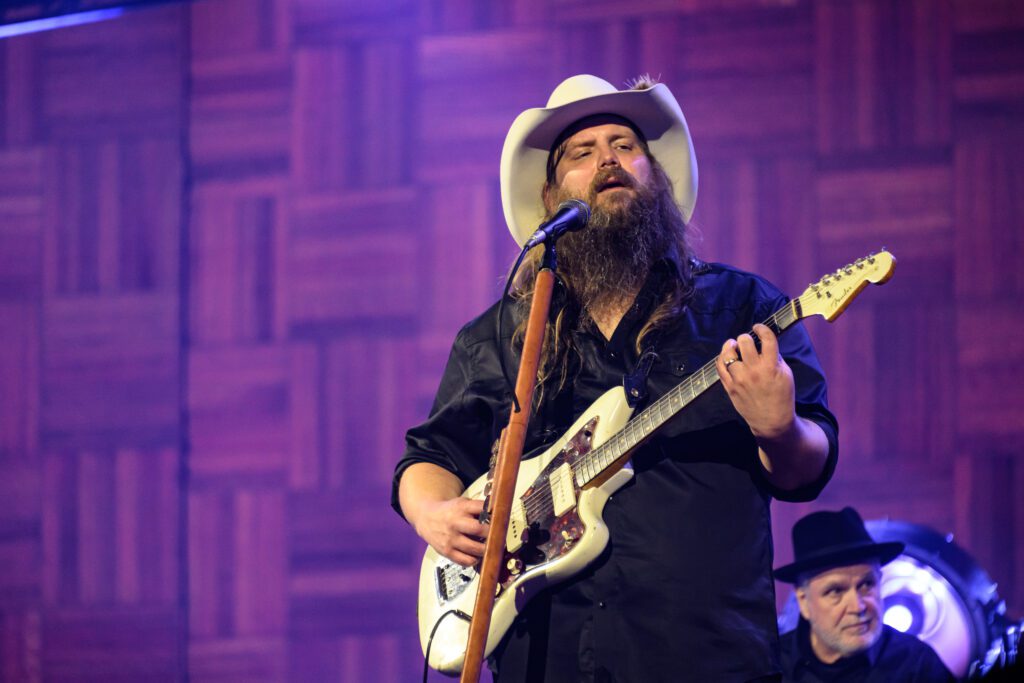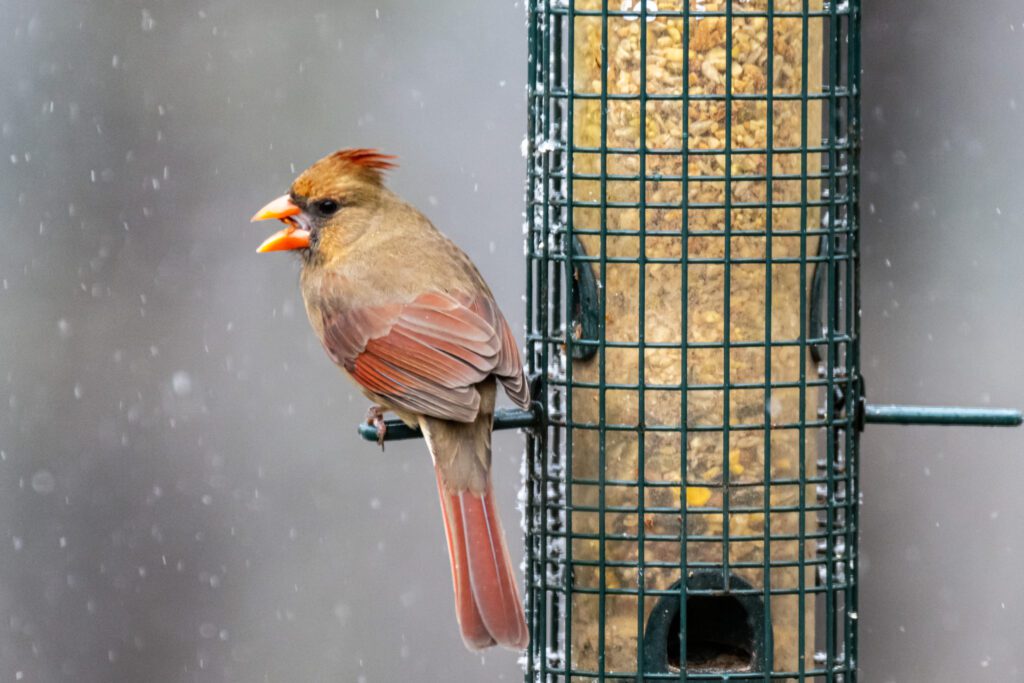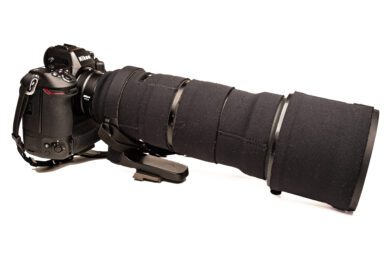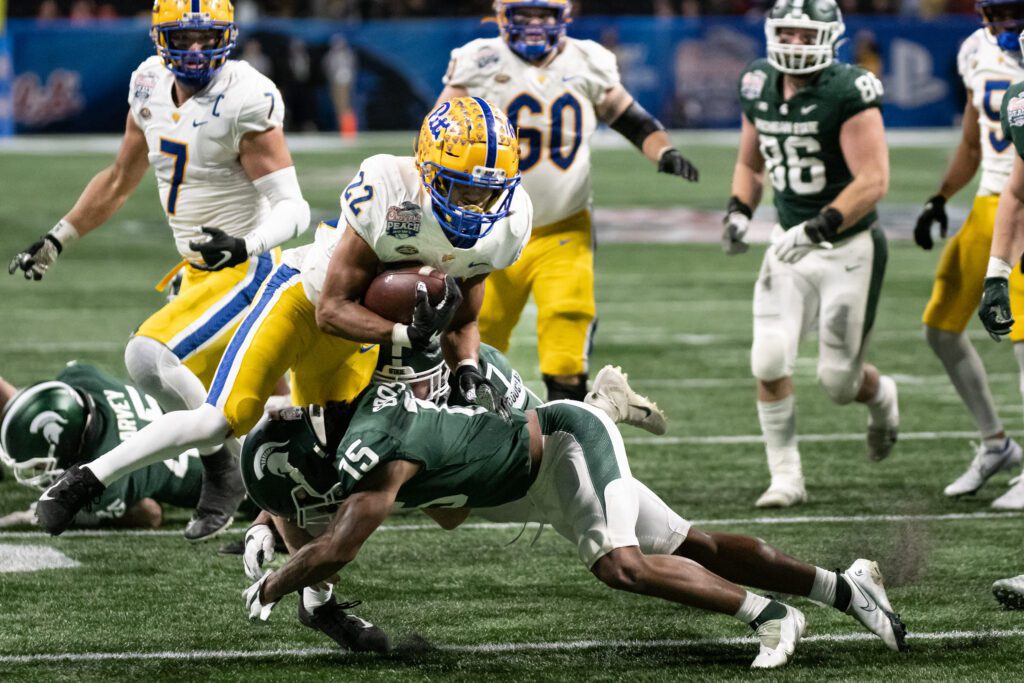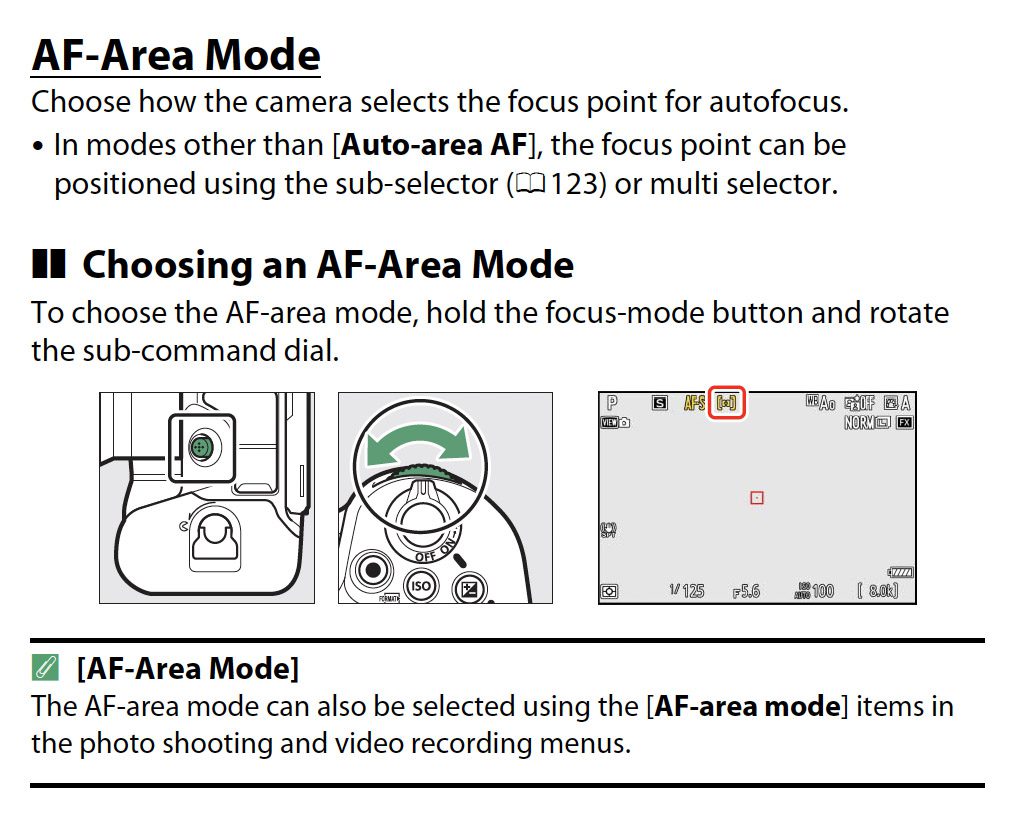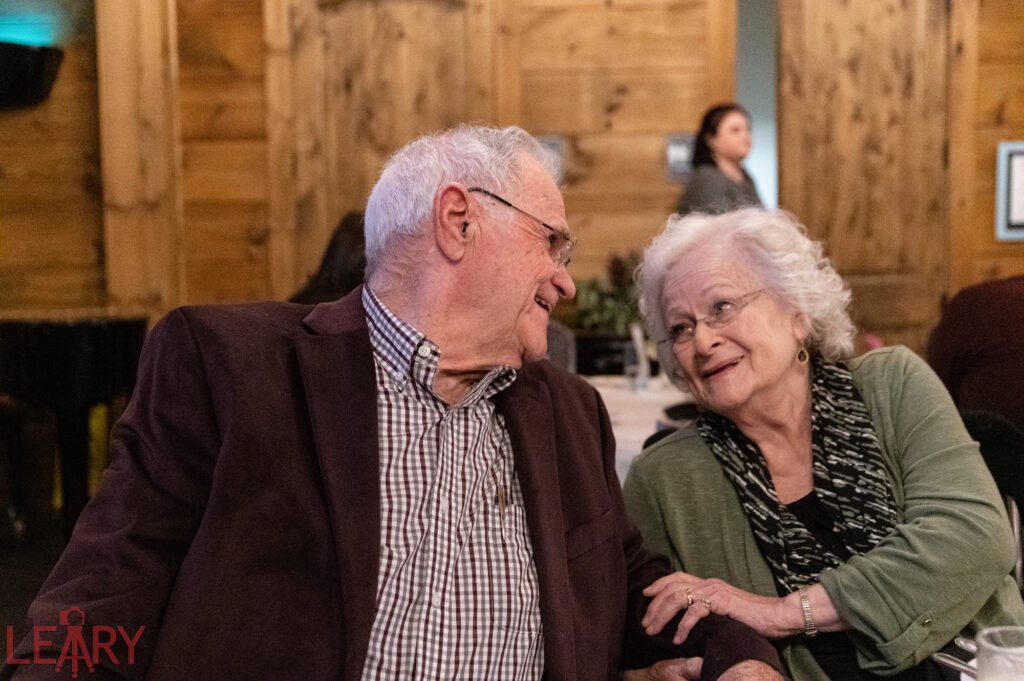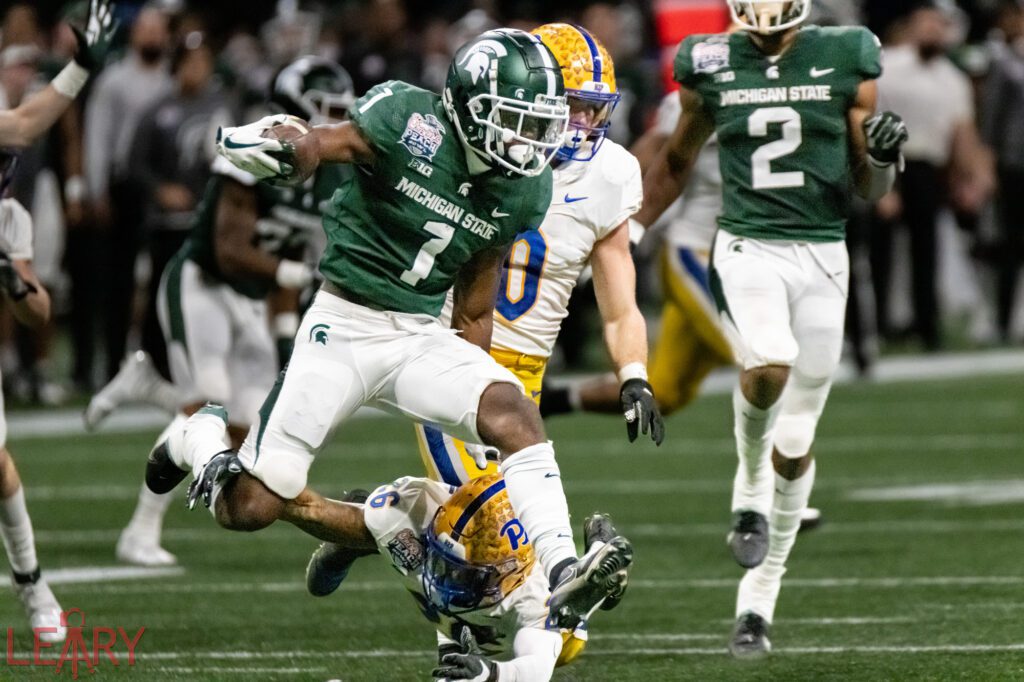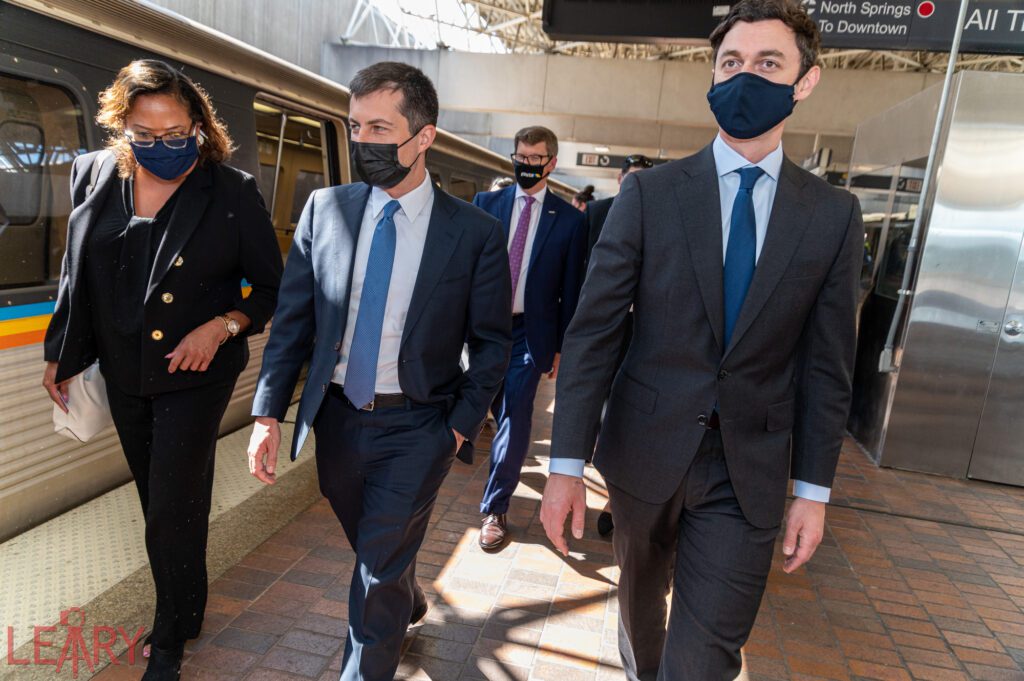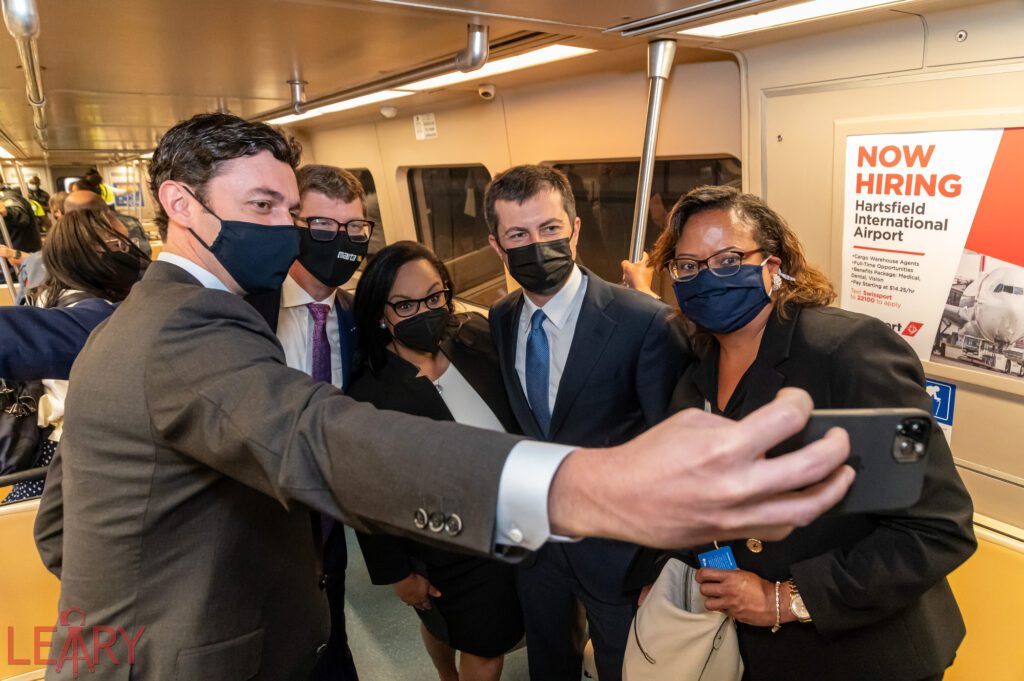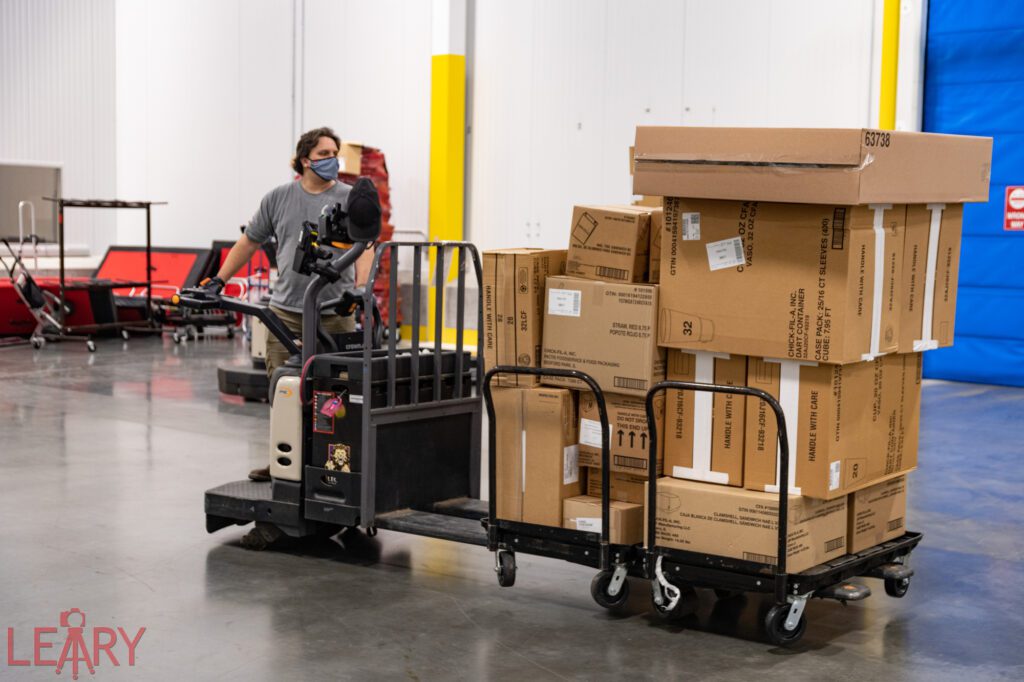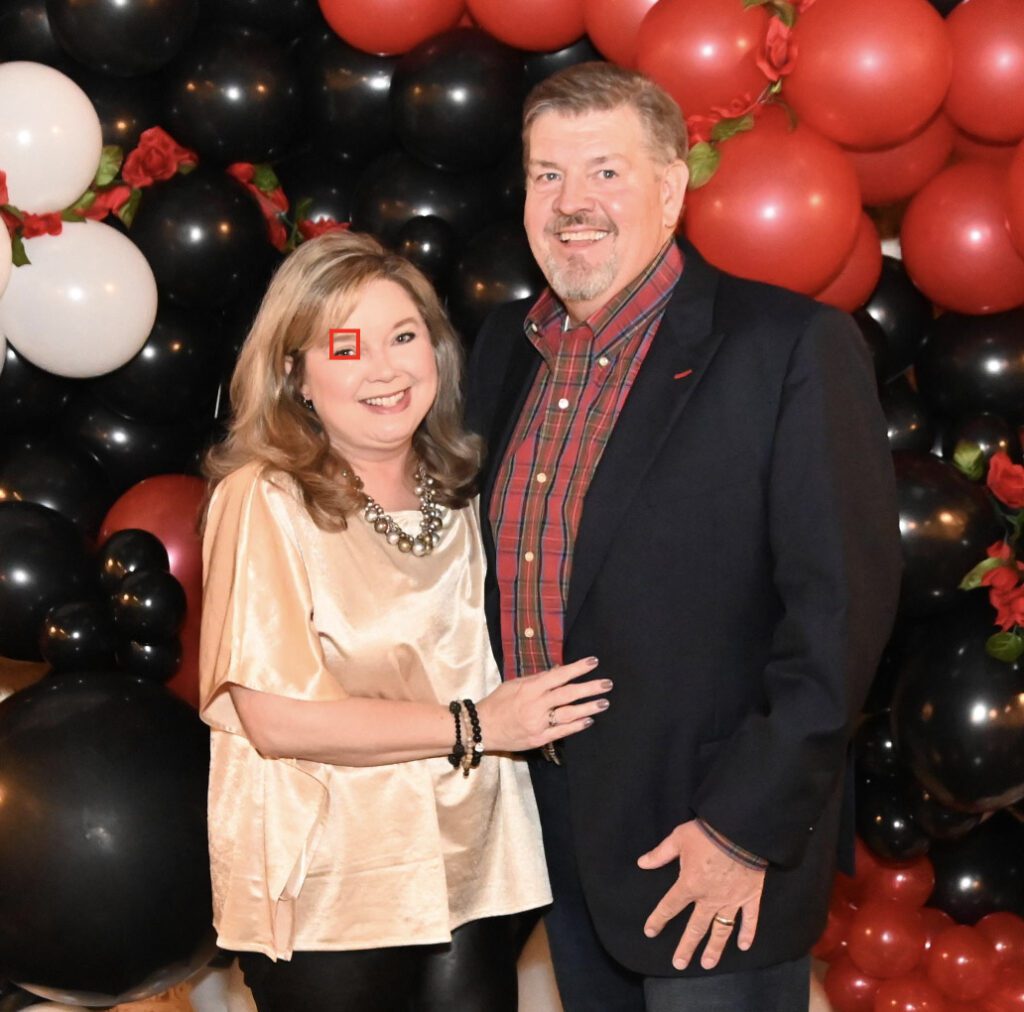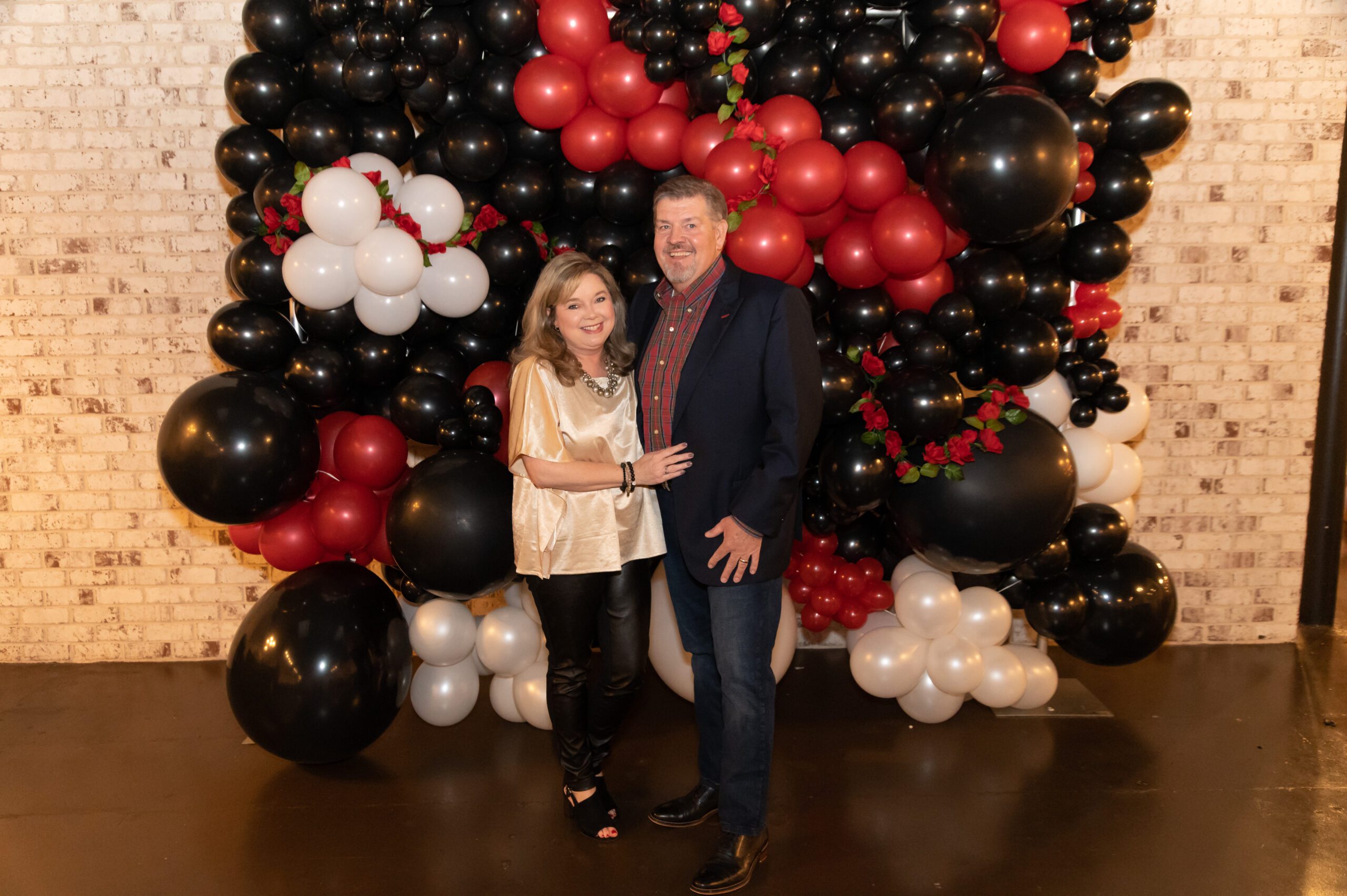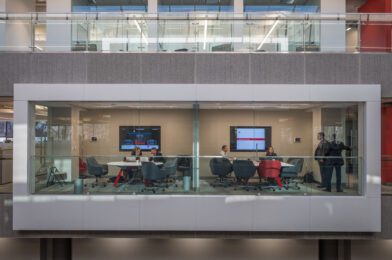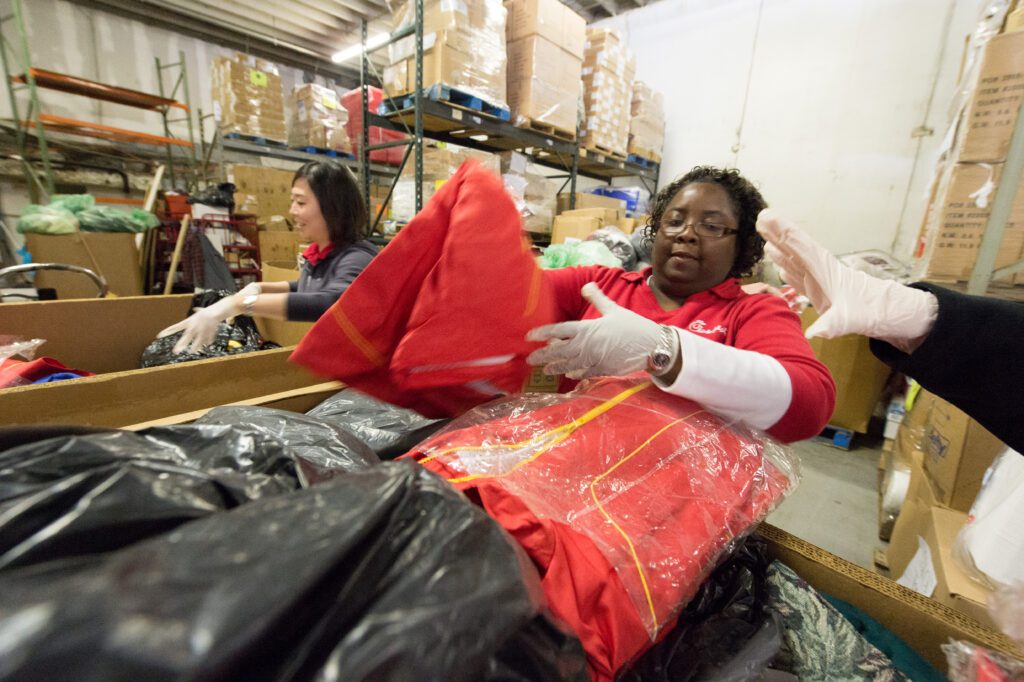Pink Floyd’s song “Another Brick in the Wall” is a theme about where significant events in life cause us and many other people to detach themselves mentally from the outside world.
Depression occurs in situations where you are so overwhelmed by your thoughts that you can’t relax to process these events.
Some events like a death of a loved one can get us stuck in grief. Grief is personal and individual, and every person experiences its nuances differently. While most of us learn how to live with this grief, I don’t think it has an expiration date.
The past couple of years has been hard on many of my friends. Some have prospered these past couple of years. However, most of my friends have been experiencing untold amounts of grieving.

The first Brick in the Wall in Pink Floyd’s lyrics is about the father leaving his son to go and fight the war. The father dies and leaves him alone.
The second Brick is one where school teachers don’t get to know him and are more about the boy conforming to their rules rather than trying to understand him and help nurture him.
“All in all it’s just another brick in the wall. All in all, you’re just another brick in the wall.”
– Pink Floyd
Pink Floyd’s twist in the lyrics is when those bricks are not just what is happening to you, but you become them.
The power of the song is in the art of storytelling. The listener resonates with the feelings of the storyline. They develop empathy for the story’s hero because the tension of the problem they are dealing with echoes their struggle. They, too, have a brick.
Yesterday I went with a group of photographers to see Minamata. The movie is about photographer W. Eugene Smith who travels to Minamata, Japan, a coastal city ravaged by mercury poisoning in 1971. Ushered by a passionate translator and encouraged by local villagers, Smith’s powerful images expose decades of gross negligence.
“I’ve never made any picture, good or bad, without paying for it in emotional turmoil.”
– W. Eugene Smith
His wife, Aileen Mioko Smith, said, “This kind of communication is essential; rather than just hammering facts, you get to know people, your heart is moved—and that’s what creates core change.”
Aileen Mioko Smith said, “We went there at a time when already lots of media had been there, and if anything, patients were burned by people coming in, intruding and shooting for 30 minutes and then leaving, just using them as an assignment.”
Now the most exciting thing about Eugene Smith that is different from most photojournalists today is his commitment to the subject with his time. He would live with his issues for periods.
National Geographic has always understood this was the key to powerful images and storytelling through the years. It takes time.
Bricks are so helpful in a building. In the story of the three little pigs, we realize the house made of bricks is the one the wolf could not blow down.
I see many of these Brick Events in my life as what brought on depression. In some ways, depression enhances your life and improves your functionality. For example, I find depression to give me insights that help deepen relationships.
Most everyone will have Life Events or, as Pink Floyd describes, Bricks. Those who can help us see these events in perspective are the storytellers. They are the mortar that allows us to construct those events into a foundation, for which more bricks can be added.
Every story has a brick, or as Joseph Campbell, author of the Hero’s Journey, put it, a crisis/tension that people cannot solve alone. The hero departs on a journey that, when completed, will be different.
The best storytellers are the ones that do the best job of introducing the character and the problem that they are dealing with in the story. In the movie I saw of Eugene Smith, he realized he had to spend the time to get to know the people of Minamata. At the turning point in the film, Smith becomes the mentor to the people of Minamata. He does this by asking them to let him photograph very intimate moments in their lives so that the world will understand their plight with mercury poisoning.
Ah Ha Moment!
Not long ago, I realized that my degree in Social Work and my work as a Photojournalist were similar. As a counselor, you spend a lot of time getting to know someone. You use the technique of mirroring.
The skill and art of this seemingly simple strategy of mirroring lies in being fully present to hear what has been said and in being able to take on the perspective of the other so that you can pull out the underlying theme from what is sometimes a long, rambling, almost incoherent speech where fleeting, free-floating ideas are being put into words.
I found that the mirroring process in counseling was me hearing their story and then repeating it, but in a more concise way than they had delivered it to see if I truly understood their plight.
As a journalist, I was doing the same thing and listening to and clarifying their story. The power of the photograph and video I use today is their ability to pull an audience into the story powerfully and authentically.
My joy comes from being able to do like Eugene Smith and help a person or an organization to tell their story more effectively using my visual storytelling skills.
Eugene Smith knew that the audience needed to see the hero of a story dealing with their conflict.
I resonate with Eugene Smith’s words, “The first word I would strike from the annals of journalism is the word objective. I think you need to understand the subjects, not worry about losing your objectivity, and side with them if you get close. It was about understanding their reality and what they were really like.”
I think Eugene Smith was an advocate of using the principles in photojournalism.
“The journalistic photographer can have no other than a personal approach, and he can’t be completely objective. Honest—yes. Objective—no.”
– W. Eugene Smith
















